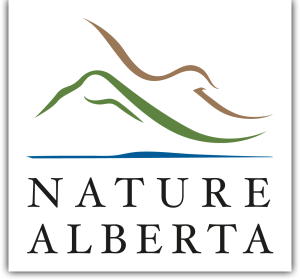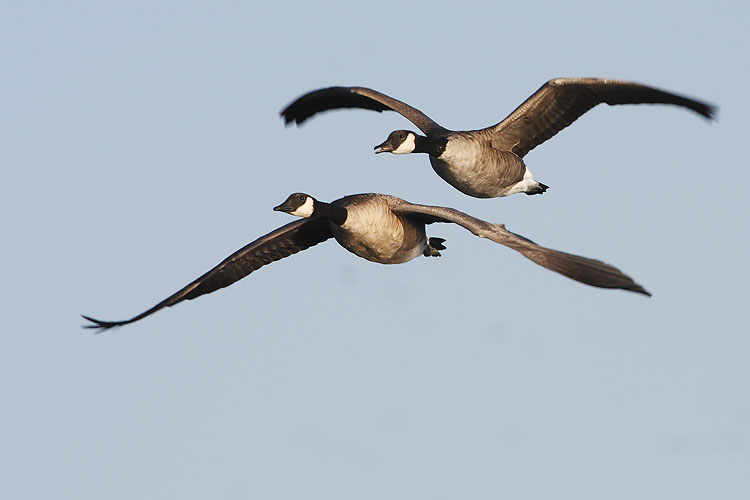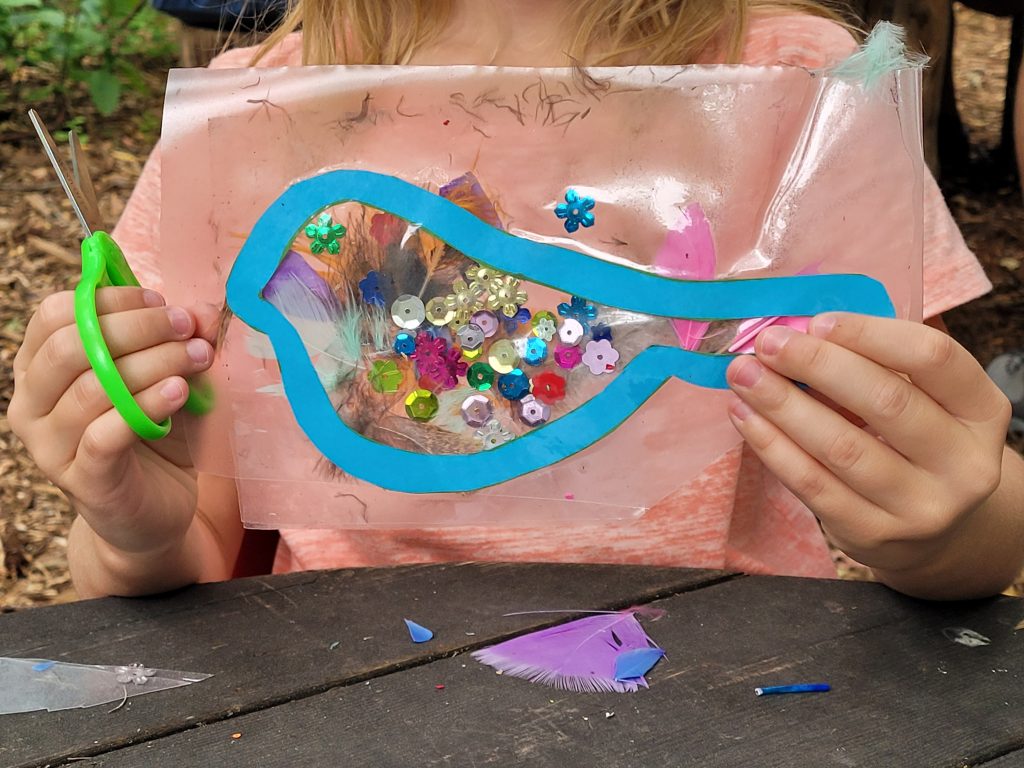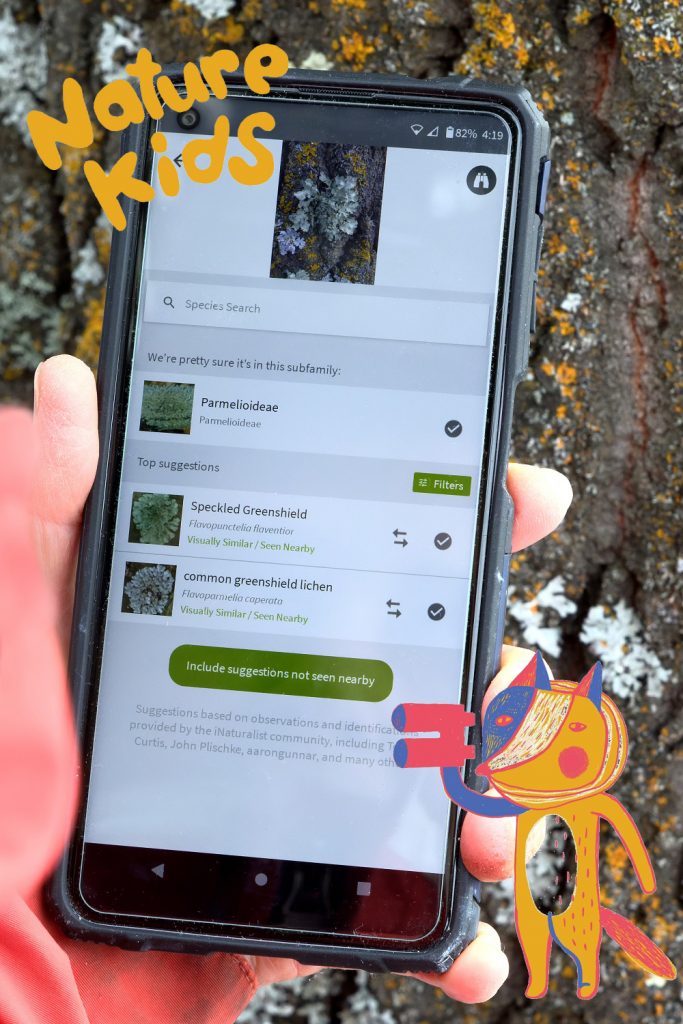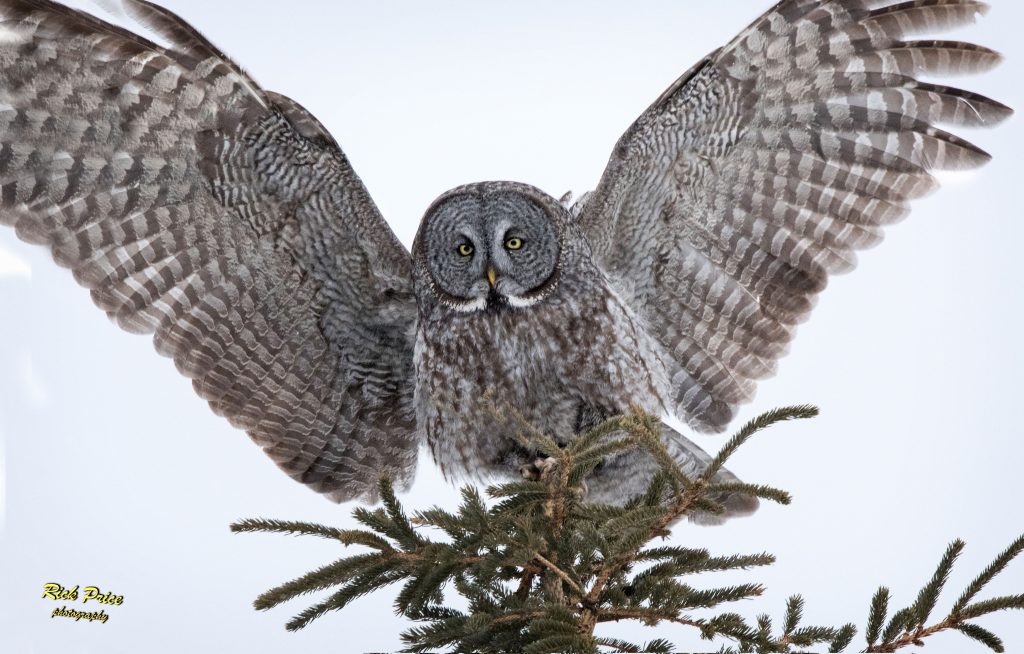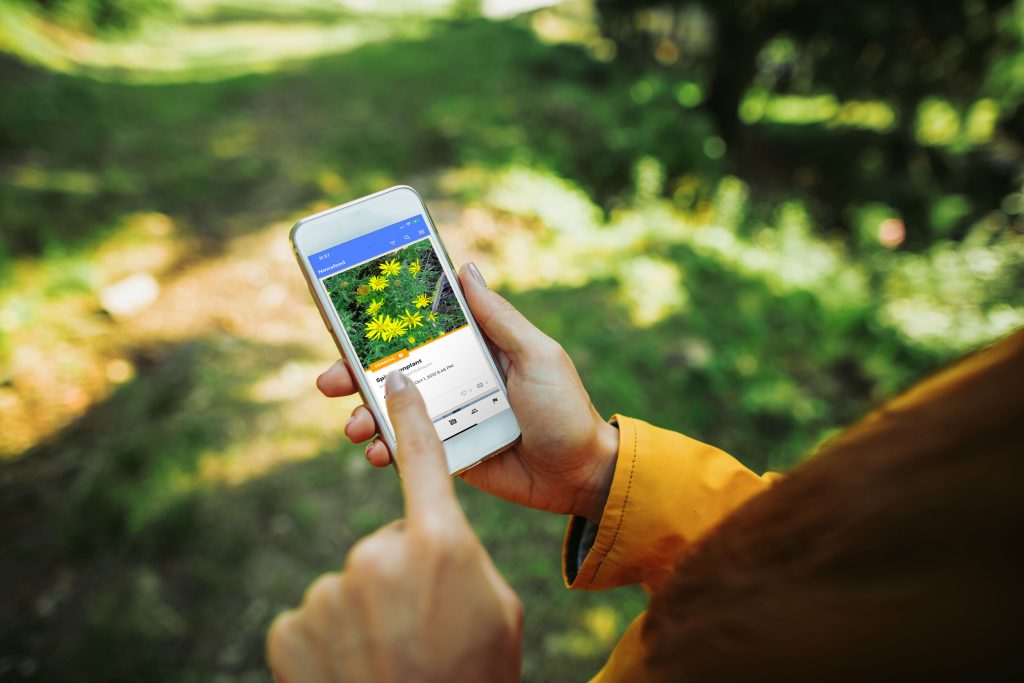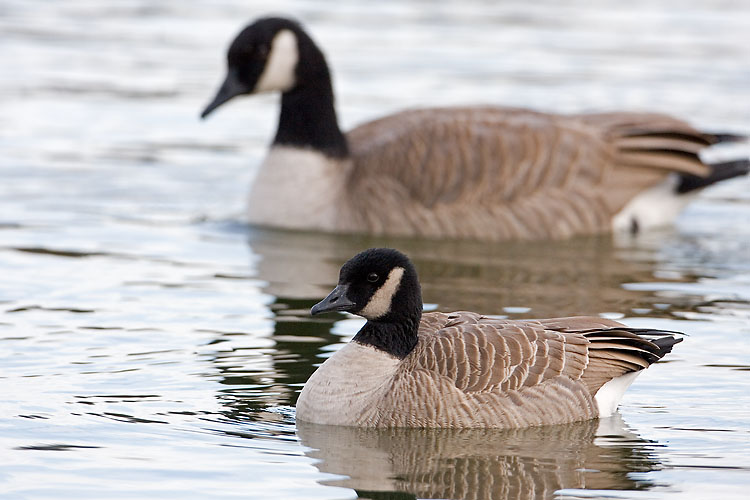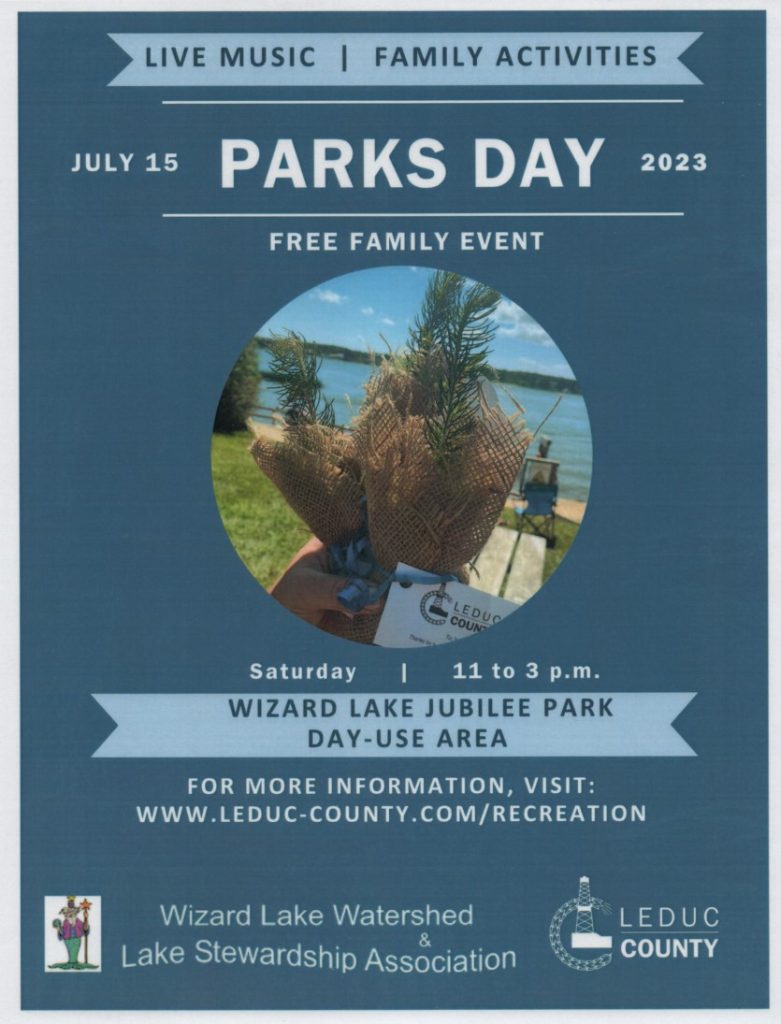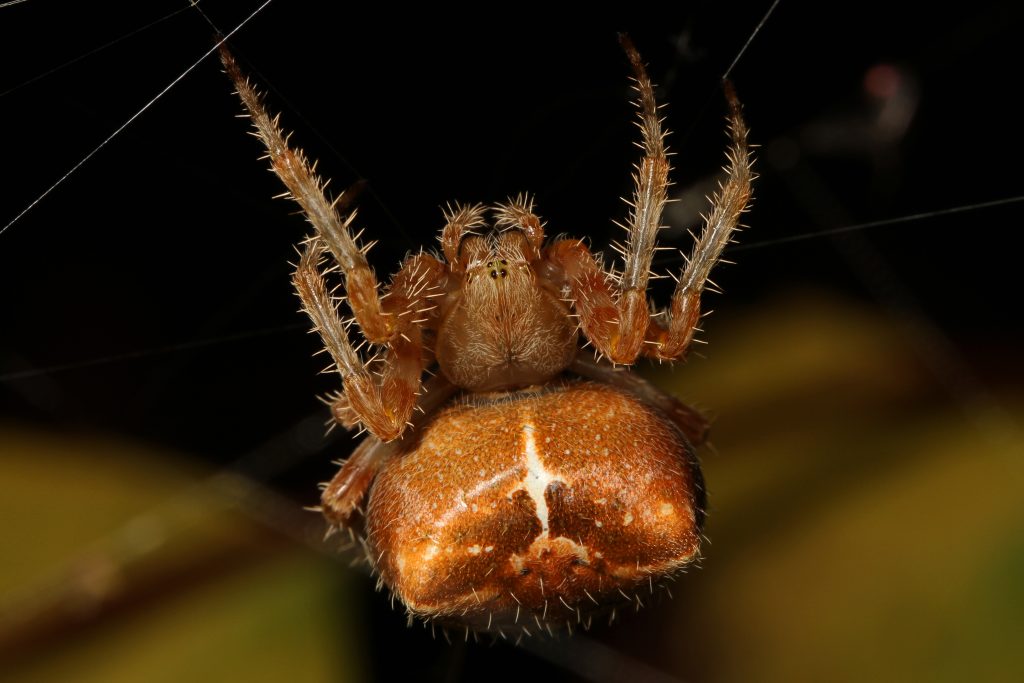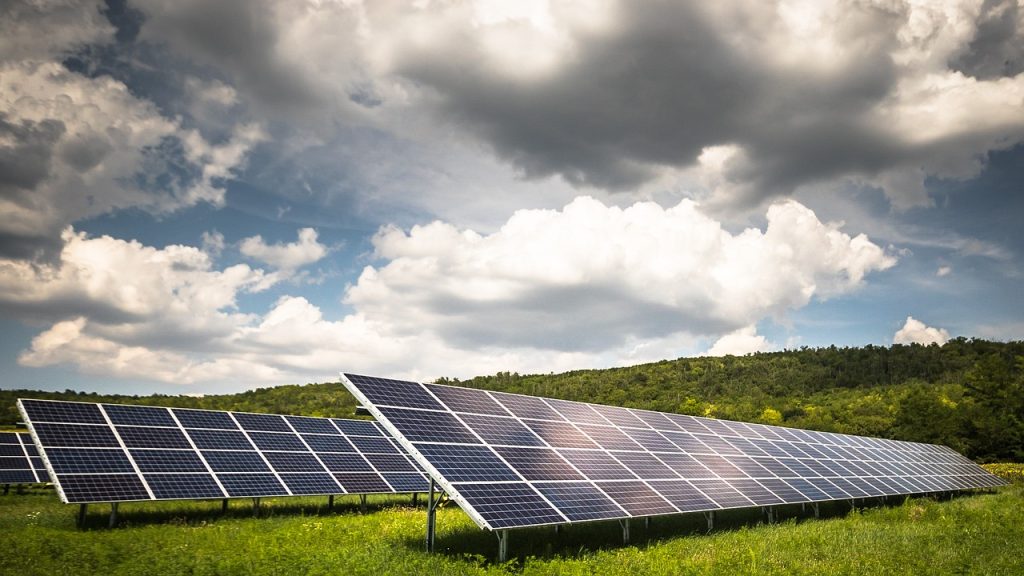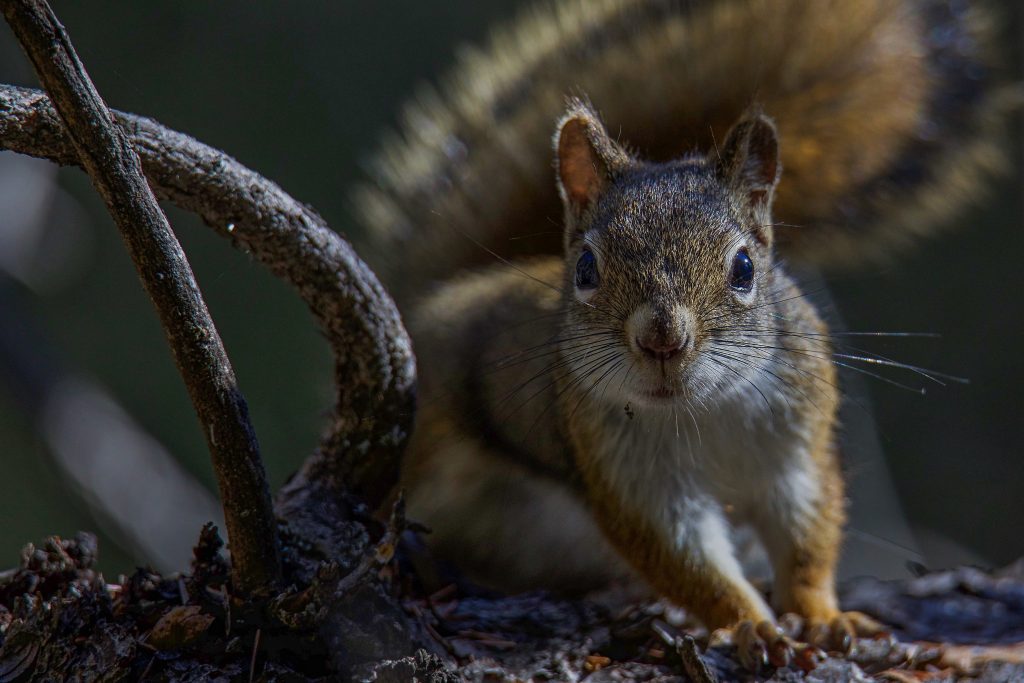Posts by Steph Weizenbach
Bird Study Group – Birds Canada!
Nature Calgary
Online Presentation
Wed, October 4 at 7:30 PM
Migratory Bird Day Crafts at the Zoo
Nature Alberta
Volunteer Opportunity
Saturday, October 14
Observe, investigate, and share nature with iNaturalist!
Investigate species everywhere you go with these simple steps to get started with iNaturalist.
Read MoreOwls of Alberta
How many owls are found in Alberta? View the full list here!
Read More2023 Alberta Biodiversity Challenge Results
Final Results of the 2023 Summer Biodiversity Challenge
Read MoreMay Bird Count 2023 Results
Results are in for the 2023 May Bird Count!
Read MoreParks Day at Wizard Lake
Sat, July 15 from 11 am to 3 pm
Wizard Lake Jubilee Park
Spiders: The Misunderstood Jewels of Alberta’s Biodiversity
BY JAIME PINZON
Alberta is home to 628 species of spiders, representing almost half of those recorded in Canada. That’s more than the number of bird species we have in the province. Despite this great diversity, you are unlikely to encounter more than a small fraction of these species because many of them are either too small, have cryptic behaviours, or live in remote habitats.
Conservation Trade-offs
BY RICHARD SCHNEIDER
Between a Rock and a Hard Place: Situations where conservation objectives are themselves in conflict are challenging for conservationists to grapple with and lead to divisions within the conservation community.
Five Things I Learned from Squirrels
BY DR. JESSICA HAINES
I spent several years working on red squirrels with the Kluane Red Squirrel Project based in the Yukon. Living and working in such a beautiful, remote place was thrilling, but what surprised me was how much I fell in love with red squirrels. They taught me a lot, and I would like to share with you some of the things I’ve learned.
